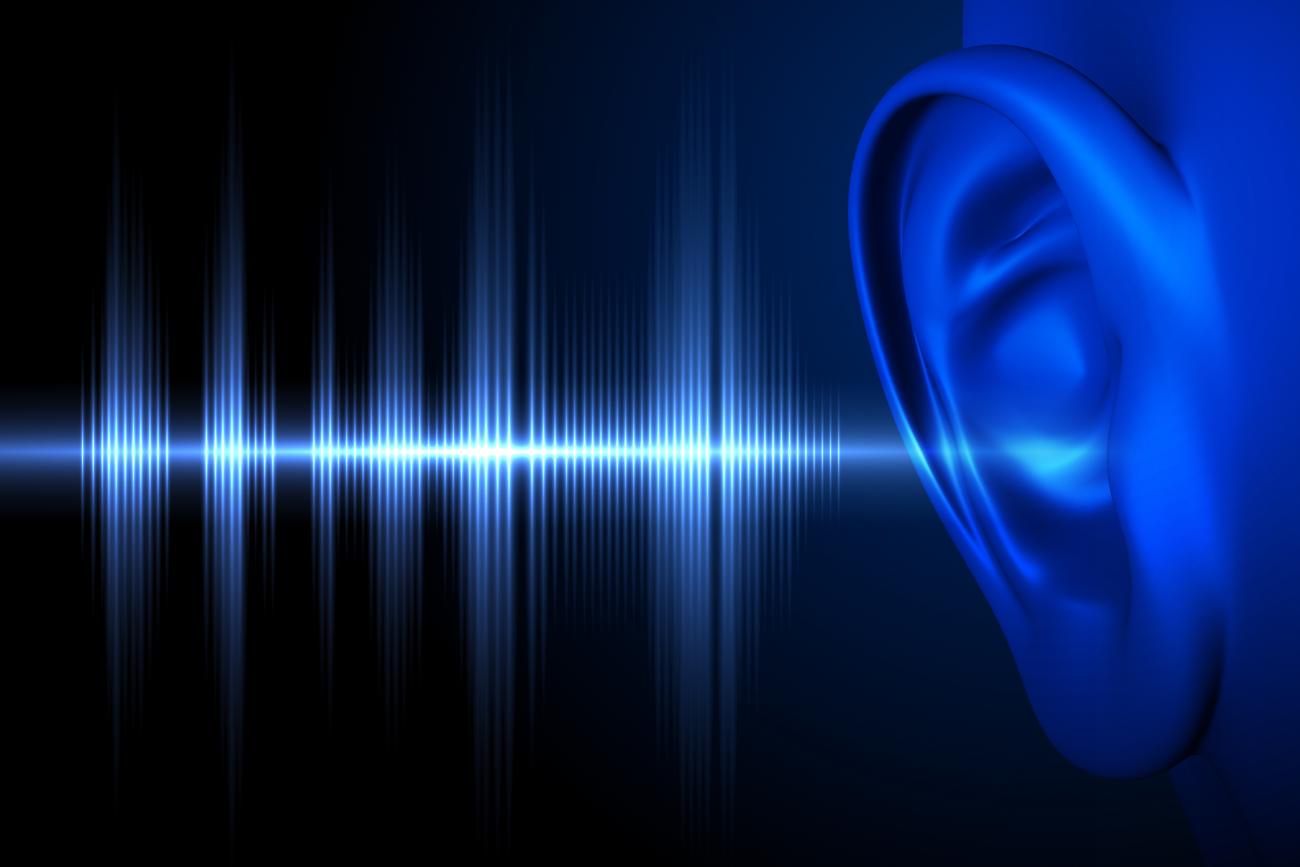Hearing aids are the primary treatment for the vast majority of people with impaired hearing, but fewer than 1/3 of those who could benefit from hearing aids use them. Untreated hearing loss has a significant cost to the individual and to society, and barriers to hearing aid use include the service delivery model, legal and technological limits on function and use, and a lack of perceived benefit in challenging environments. Our research addresses these barriers by evaluating individual patient factors that contribute to impaired auditory perception and lack of benefit from amplification. The goal is to develop new techniques in the assessment of auditory function to improve the design and fitting of hearing aids and related devices. The work includes evaluating the transmission of auditory cues that underlie complex tasks in listeners with healthy and impaired auditory function, creating efficient clinical versions of validated, model-based laboratory assessments, and developing amplification systems that allow people with hearing loss to maximize their residual hearing ability. We use novel, smartphone-based assessments and realistic virtual acoustic environments to evaluate consequences of hearing impairment and the benefits of commercial, prototype, and simulated hearing aids.



